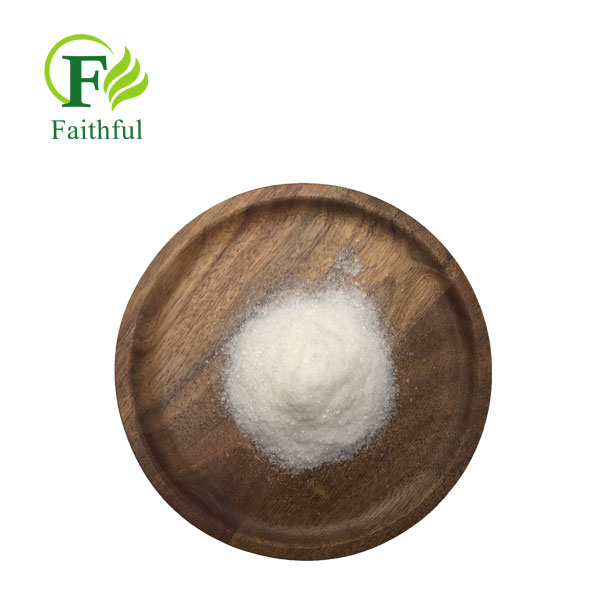What is the mechanism by which antioxidant glutathione maintains mitochondrial health?
Glutathione is a tripeptide containing gamma amide bonds and thiol groups, composed of glutamic acid, cysteine, and glycine, present in almost every cell of the body. Natural glutathione is a protein with antioxidant effects, which can effectively resist the negative effects of oxidative processes on human health, nourish organs such as the liver and kidneys, help eliminate free radicals in the body, and promote the enhancement of the immune system.
1: What are the daily manifestations of glutathione?
Glutathione is widely present in animals and plants and plays an important role in living organisms. The content is high in bread yeast, wheat germ, and animal liver, reaching 100-1000 mg/100g. It is present in human blood at 26-34 mg/100g, chicken blood at 58-73 mg/100g, pig blood at 10-15 mg/100g. The content is also high in tomatoes, pineapples, and cucumbers (12-33 mg/100g), while it is low in sweet potatoes, mung bean sprouts, onions, and mushrooms (0.06-0.7 mg/100g). And the glutathione we encounter mainly comes in two forms: reduced form (G-SH) and oxidized form (G-S-S-G), with reduced form accounting for the vast majority of glutathione synthesized under internal biological conditions. Glutathione reductase can catalyze interconversion between two types, and its coenzyme can also provide NADPH for pentose phosphate bypass metabolism. Due to the thiol group on cysteine being the active group of glutathione (hence glutathione is often abbreviated as G-SH), it is easy to bind with certain drugs (such as acetaminophen), toxins (such as free radicals, iodoacetic acid), heavy metals, etc., and has an integrative detoxification effect. Therefore, glutathione (especially glutathione in liver cells) can participate in substance conversion, thereby converting harmful toxins in the body into harmless substances and excreting them out of the body.
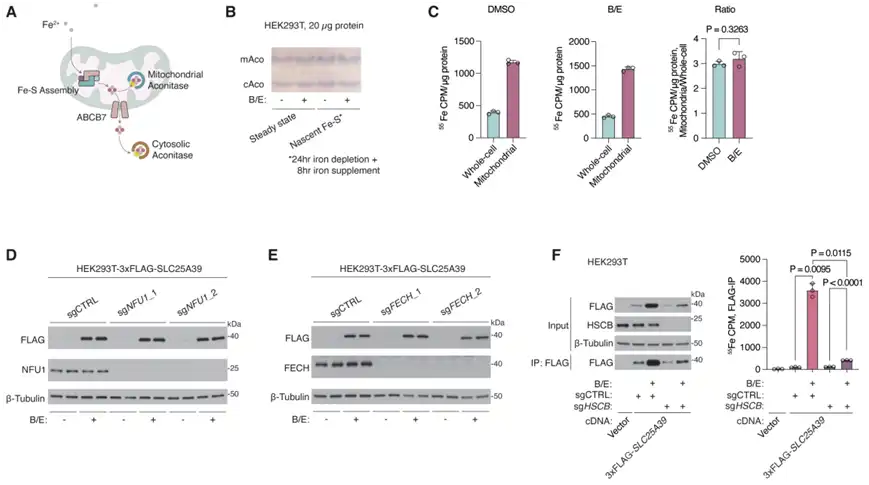
2: How does the antioxidant glutathione maintain mitochondrial health?
The few nutrition sensing mechanisms discovered so far have had a profound impact on human health. A prime example is the discovery of the nutritional sensing mechanism of cholesterol, which led to the development of life-saving statins.
The focus of these findings is on how the entire cell detects nutrients. However, every human cell has independent, membrane enclosed organelles that also require fuel to perform important functions. So, do they also have their own nutrition sensors?
In a new study, researchers from the Metabolism Regulation and Genetics Laboratory at Rockefeller University in the United States have discovered for the first time the energy factory mitochondria in cells. This nutritional sensor is part of a protein that serves three functions: sensing, regulating, and transporting the antioxidant glutathione to the interior of mitochondria, where glutathione plays a critical role in inhibiting oxidative reactions and maintaining appropriate iron levels. This antioxidant is particularly abundant in mitochondria, and researchers speculate that its function is inseparable from it. This is because as the main respiratory system of cells, mitochondria produce energy. But mitochondria may also be the source of a large amount of oxidative stress, which is related to cancer, diabetes, metabolic disorders, heart and lung diseases, etc. If the level of glutathione in mitochondria is not precisely maintained, all systems will malfunction. However, how glutathione enters mitochondria has always been unknown, until 2021 when a new research team discovered a transporter protein called SLC25A39 that can transport glutathione. It seems to be able to regulate the content of glutathione. The circulation process is roughly as follows: when the content of this antioxidant is low, the content of SLC25A39 will increase, while when the content of this antioxidant is high, its transport level will decrease. These research results also strongly suggest that mitochondria have a way to detect and adjust the levels of these fluctuations, meaning that mitochondria will somehow calculate how much glutathione they have and adjust the amount of this antioxidant entering the body based on this amount. ”
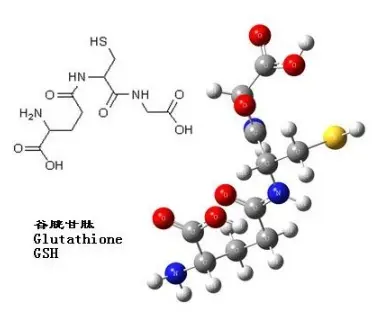
3: How to adjust and change the amount of glutathione entering the body?
In order to understand how mitochondria achieve this, the research team combined biochemical research, computational methods, and gene screening, and found that "SLC25A39 is both a sensor and a transporter". Researchers found a unique extra loop in glutathione when comparing the structure of SLC25A39 with the structures of other SLC family transporters in the AlphaFold protein structure database. When they removed the ring from this protein with a molecular knife, the protein's transport ability remained unchanged, but it lost the ability to sense glutathione. Researchers say that when we discovered this interesting ring, we guessed that it was two completely independent domains, one sensing glutathione and the other transporting glutathione.In addition, this new study also supports the theory that glutathione is the "chaperone" of iron.
4:Why is glutathione called a "molecular partner" of iron?
We know that iron is the most abundant and almost essential for all cellular functions, but it is also highly oxidative; If there is no protection from glutathione, it will trigger oxidative stress in cells, causing damage. ”In the experiment, it was confirmed that SLC25A39 has unique iron features on its surface as part of the glutathione sensing mechanism. It is very important to maintain the ratio of glutathione to iron, because if glutathione is too low, iron becomes very active, while if glutathione is too high, iron cannot function effectively. ”
Researchers say that since people have tried to change the overall level of glutathione, but often worry about its side effects, now we have a way to change the glutathione level in mitochondria without affecting other parts of the cell. This targeted therapy through special transporter proteins may allow us to see more transformation results.



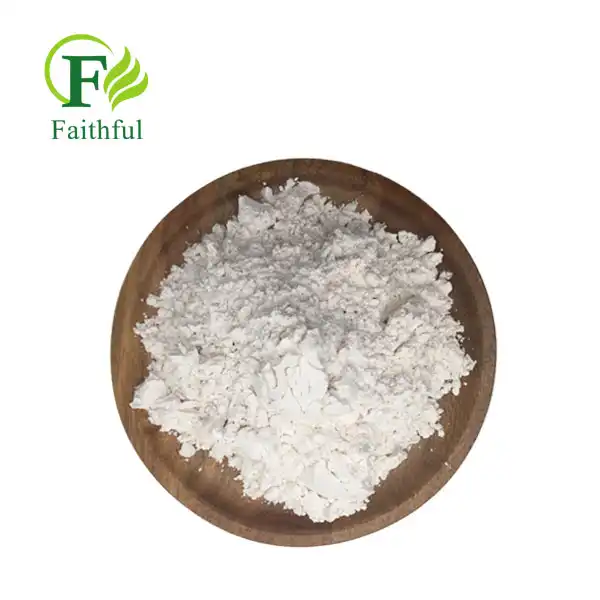
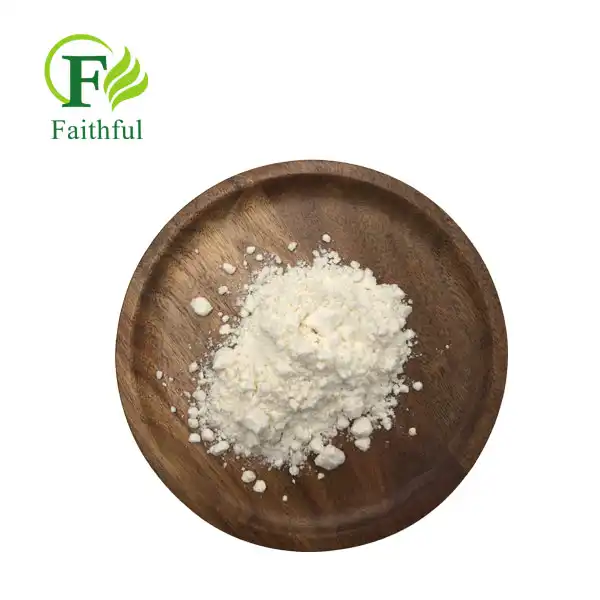
_1756118003946.webp)




